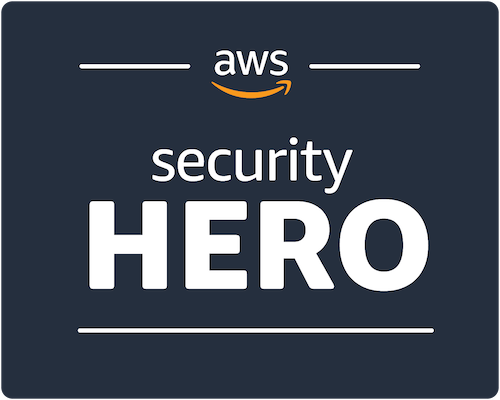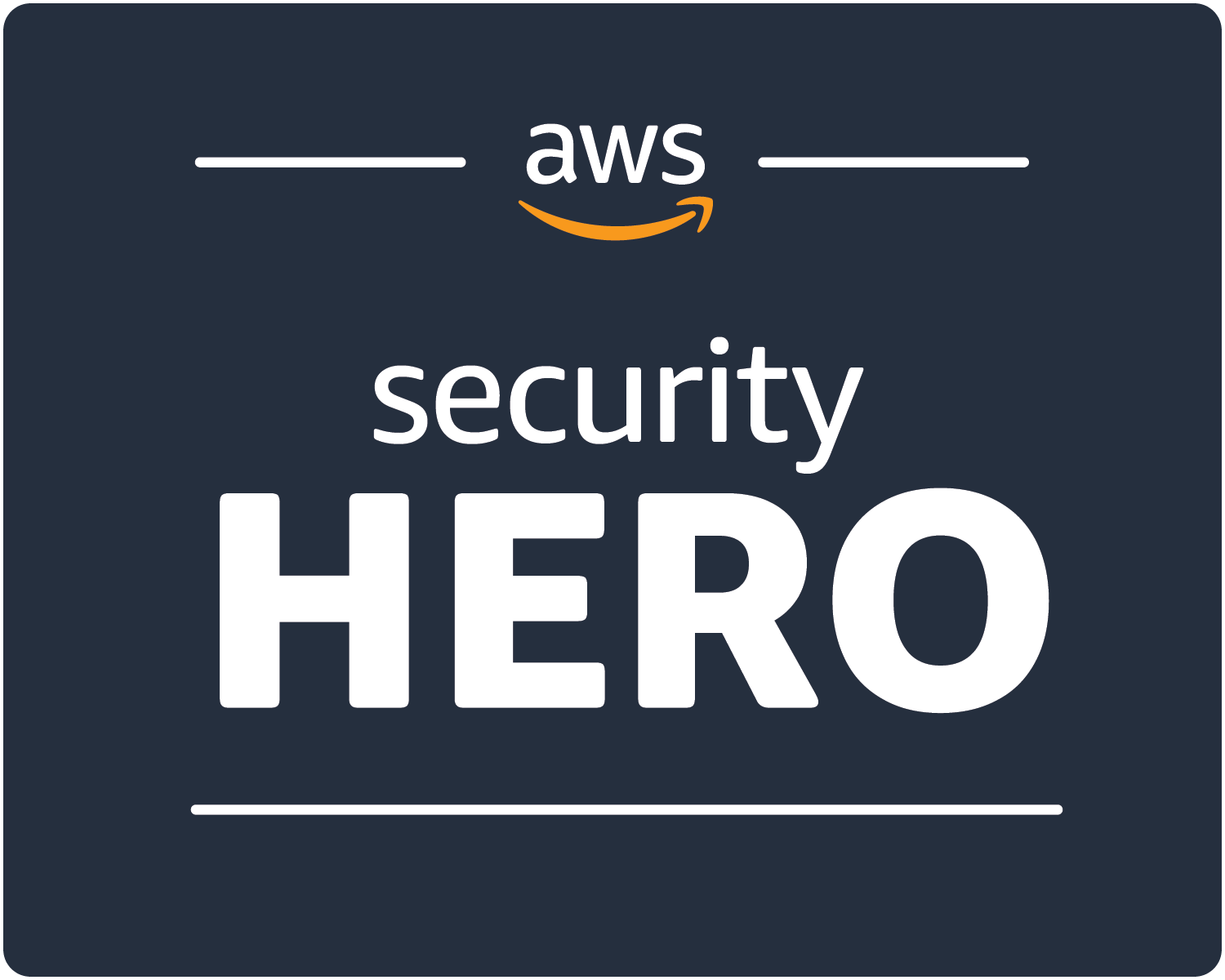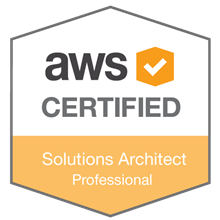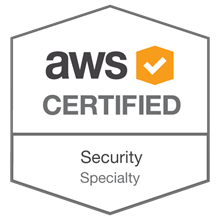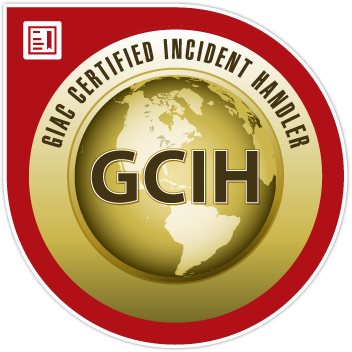I’m back from re:Invent and still trying to adjust my sleep schedule (I’m on the East Coast and go to bed early; 6 pm Las Vegas time is my biological clock’s bedtime).
This year was one of my favorite re:Invents. I got to meet old and new co-workers and hang out with a lot of Community Builders and AWS Heroes, talk to service teams about what they should do to make their products work more for the security 99%. I got to a couple of good chalk talks on GenAI and GenAI security, which will help inform my poking at that over the holidays.
As for announcements, in the last seven days, there were 195 things posted to AWS What’s New. These are the ones I care to follow up on.
For simplicity, we’ll break them down into:
- Security Features
- Cloud Governance & Costs
- Serverless Stuff
- GenAI & Bedrock
- Other nifty stuff that may only matter to me
- I just wanna Snark







